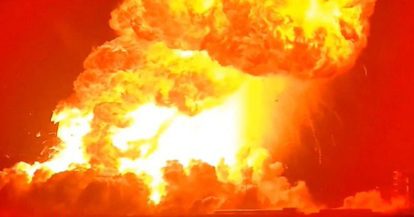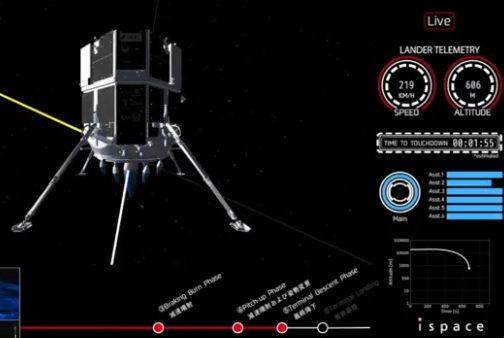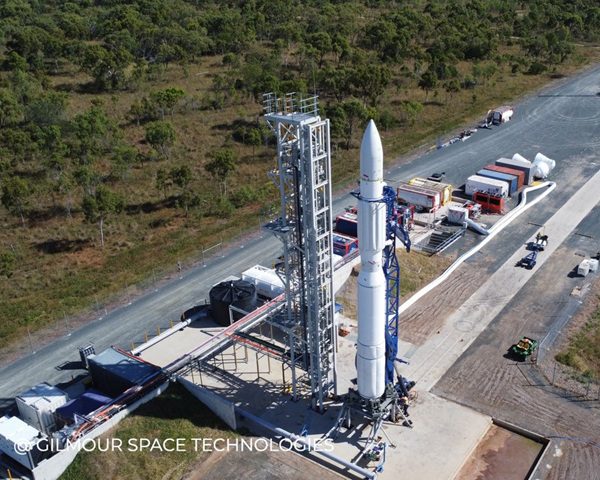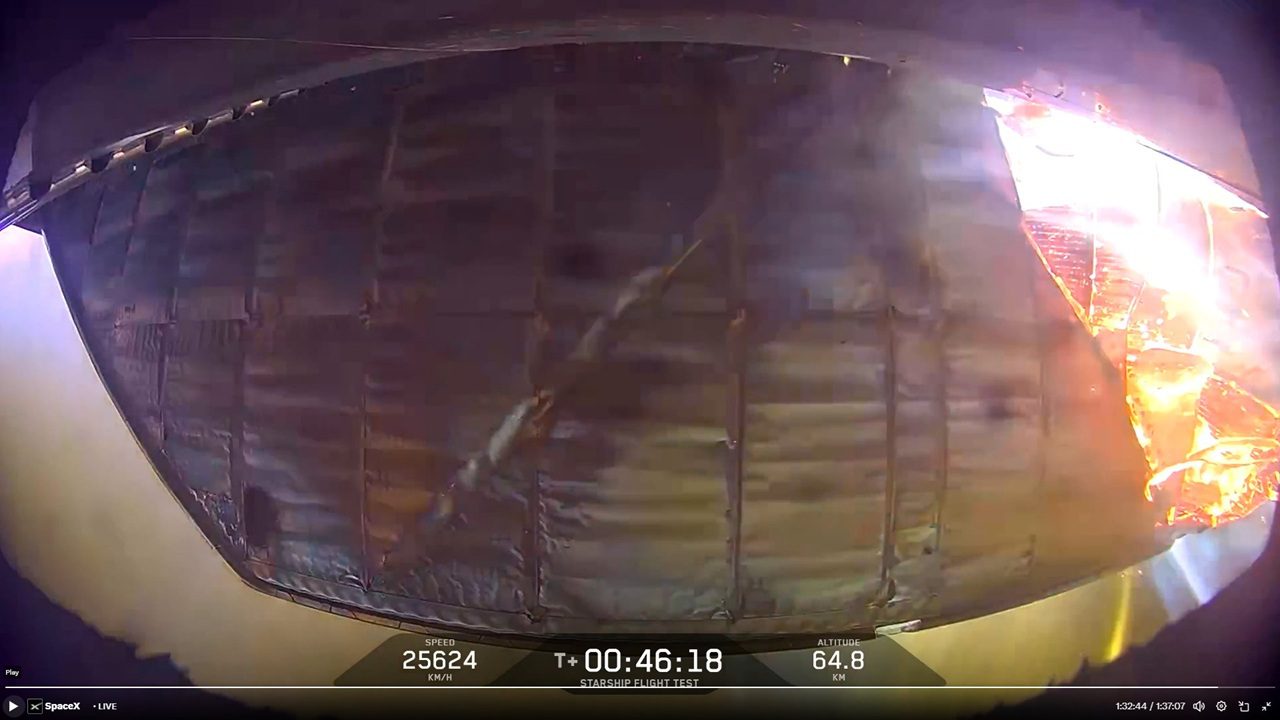When Stratolaunch announced that it was developing its own range of launch vehicles in addition to its very large double hulled carrier aircraft, many analysts remained sceptical – mainly over the amount of money this would take. This was despite the fact that it had founder and billionaire Paul Allen behind them. However, his death has removed this plan’s main driving force – and finance – and so the firm has now formally decided to stop any design and development of vehicles to fly from their already-developed carrier vehicle. As it did so it has reportedly (according to Geekwire) laid off 30 from its workforce of 50. The firm still intends to use the vehicle to launch the Pegasus XL rocket – originally developed by Orbital Sciences Corp (which became Orbital ATK and now Northrop Grumman) – and hopes that other launch vehicles will take advantage of their air launch service.
Comment by David Todd: One of the problems with air launch is that the utilisation of any expensive-to-maintain-and-store carrier aircraft is usually very low – to the detriment of its economics. Orbital Sciences found this out with the cost of its L1011 Tristar airliner carrier for its Pegasus XL. If Stratolaunch could become the “go to” carrier aircraft for other launch vehicles then it could have a good business. The “If you build it, they will come” concept is being tested however. Pegasus XL is now in the twilight of its career – especially given its high launch cost – and will thus not provide enough business. And so Stratolaunch needs other rockets to use its carrier aircraft – and fast – if it is to survive.
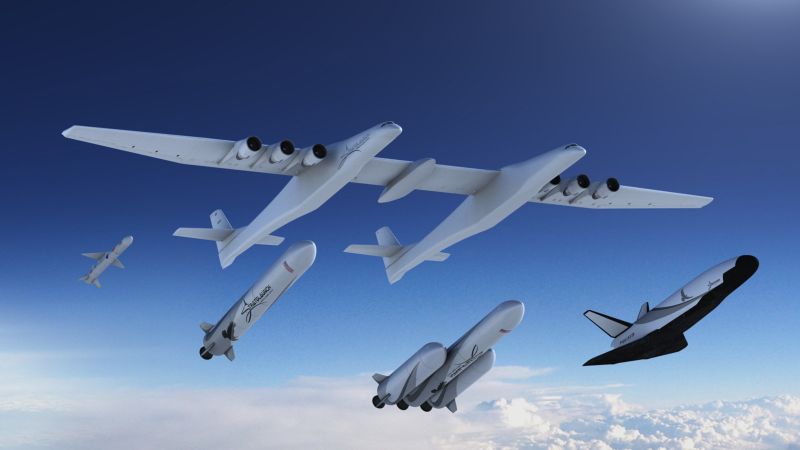
Stratolaunch’s carrier aircraft with its various launch vehicle design concepts. Courtesy: Stratolaunch


